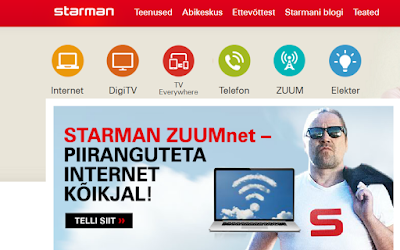Mario Mazzola, Prem Jain, Luca Cafiero, and Soni Jiandani have resigned from Cisco, according a The Wall Street Journal, following a management shake-up.

The "MPLS" team (first letters of their names) were associated with Cisco "spin-in" companies -- start-ups that were officially outside of Cisco but acquired by Cisco once their products were ready. The latest such venture was Insieme Networks, which developed application centric infrastructure (ACI) technology and the Nexus 9000 family of data center switches for End-of-Row (EoR), top-of-rack and middle-of-rack deployments. Cisco acquired Insieme in 2013 for $830 million.
Other acquisitions associated with the team include Crescendo Communications (1993), which became the Catalyst switching line; Andiamo Systems (2002), a Fibre Channel switch; and Nuova Systems (2008), which became the Cisco UCS line.

The "MPLS" team (first letters of their names) were associated with Cisco "spin-in" companies -- start-ups that were officially outside of Cisco but acquired by Cisco once their products were ready. The latest such venture was Insieme Networks, which developed application centric infrastructure (ACI) technology and the Nexus 9000 family of data center switches for End-of-Row (EoR), top-of-rack and middle-of-rack deployments. Cisco acquired Insieme in 2013 for $830 million.
Other acquisitions associated with the team include Crescendo Communications (1993), which became the Catalyst switching line; Andiamo Systems (2002), a Fibre Channel switch; and Nuova Systems (2008), which became the Cisco UCS line.


















